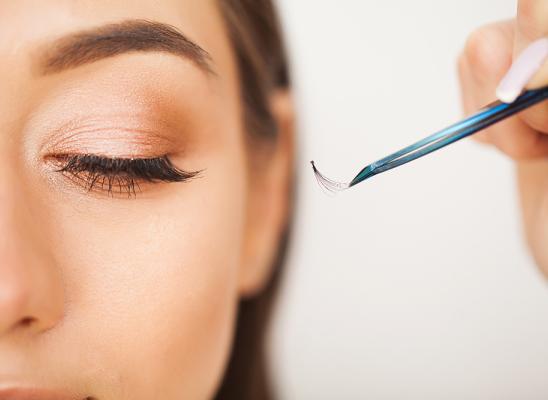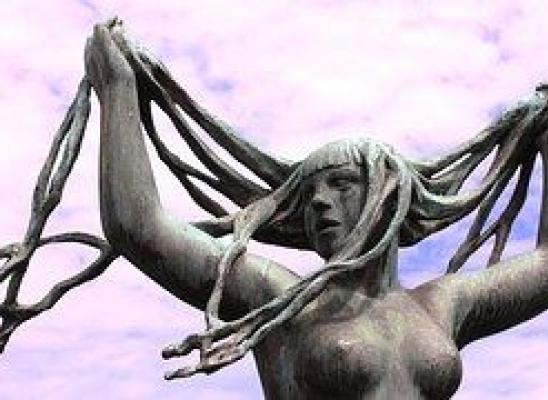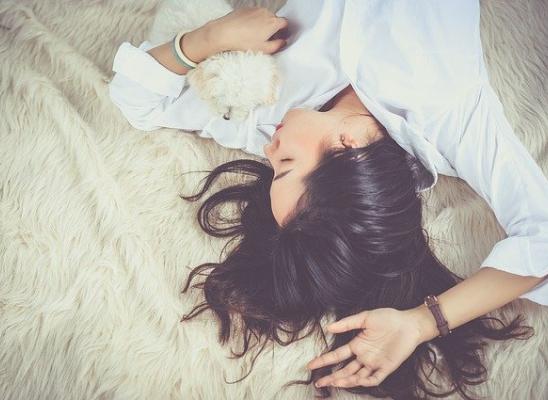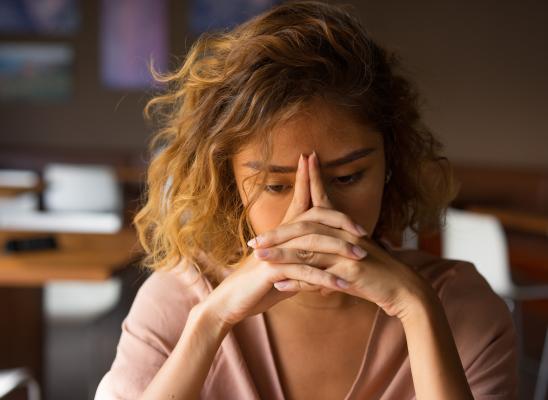Hair Pulling and COVID-19

Online test
Find out the severity of your symptoms with this free online test
COVID-19 has had an impact on everyone. It has affected people’s mental, emotional, physical, social, sexual, financial, and spiritual lives. This year has been filled with ups-and-downs, uncertainties, sickness, loss and heartbreak, financial hardship, and social isolation. It is enough to cause anyone to struggle with anxiety, but even more so people with mental health conditions like trichotillomania (hair pulling disorder).
Many people with trichotillomania have a hard time talking about it with others. Sharing the details of the condition can be extremely anxiety-provoking, causing some individuals to “hide” or disguise the effects (loss of hair, bald spots, and scalp wounds) of it. Even though this condition can be difficult to manage at times, it is still possible to manage the symptoms and have a productive life.
The Link Between Hair Pulling & COVID-19
COVID-19 has been a never-ending nightmare for many people. Isolation, anxiety, depression, uncertainty, and fear have caused hair pulling behaviors and other BFRBs to spiral out-of-control. It is common to “hide” or isolate oneself from others, especially when noticeable hair loss is apparent.
People with trichotillomania typically feel the “safest” when alone; however, being around others is probably the best thing for them. Individuals with this condition typically engage in this behavior less when around others. It’s a stress-reliever in a world where everything is different because of COVID-19. Ironically, it is common for people who compulsively pull at their hair to spend hours grooming it to disguise bald spots and scalp injuries.
With the arrival of COVID, it makes sense that BFRBs, like compulsive hair pulling, are on the rise. We are constantly being bombarded with messages telling us not to touch our faces, eyes, hair, and mouths with unwashed fingers. But, these messages only make people with trichotillomania feel more anxious, fearful, uncertain, stressed, overwhelmed, and depressed. The result? An increase in hair pulling behaviors.
When you have this disorder it is hard to stop pulling at your hair. It's an involuntary response to frustration, fatigue, confusion, fear, anxiety, boredom, and/or stress. That is why public health messages affect people who pull at their hair so profoundly. These individuals impulsively and thoughtlessly "mess" with their faces, eyes, and mouths, and “stroke” their hair continuously throughout the day.
As a result, some people with trichotillomania feel “defective” or “flawed.” For these individuals, shame and fear keep them bound to a condition that is out of their control. COVID-19 only worsens these feelings. It’s not just the touching of the hair or face that terrifies people with trichotillomania; it’s a fear of contaminating oneself and others. It’s this fear that causes or heightens stress and increases hair pulling behaviors.
Because of COVID-19, people with trichotillomania are feeling lonelier than ever. It is almost impossible to socialize with others, grocery shop, go to church, the mall, or school, participate in sports, etc. And, while this has allowed the condition to stay “hidden” for the most part, it has also increased the frequency and severity of hair pulling, creating a cycle of stress, anxiety, and depression, feelings of helplessness and hopelessness, and more hair pulling. For some, COVID-19 has thrown them into their own private hell. Thus, social isolation is the perfect environment for the onset and exacerbation of trichotillomania.
Even logging into ZOOM work meetings is stressful for people with trichotillomania, because there is always a fear that co-workers will notice missing patches of hair or a wig. Thus, the fear that the disorder will be discovered is forever looming. So, even though “working from home” helps people with trichotillomania hide the condition, it also encourages “flares” and exacerbates the symptoms.
Then, there is this – what happens once there is a vaccine? What happens to those who have been struggling with trichotillomania? What happens when these individuals have to return to the world grappling with trichotillomania for months or years? What happens to the person who has pulled at her hair to point of having noticeable bald spots? Does her anxiety worsen because now people can see her up-close-and-personal? Does she become more anxious at the thought of returning to work – to life – to normal routines now that she has injured her scalp?
Some people with trichotillomania may dread returning to their “old life, “preferring not to see friends, family, partners, or co-workers at this time. The mere thought of it may depress these individuals, causing the hair pulling to worsen.
In Summary…
Before COVID-19, people with trichotillomania struggled to stay afloat by going to work and interacting with others. But then coronavirus arrived, causing people to hunker down in their homes. While this method helped keep the virus at bay, it also provided a fresh set of issues for people with trichotillomania. It provided these individuals with an opportunity to pull at their hair without prying eyes or repercussions. It provided these individuals with an excuse not to “hide.”
The good news is there are things you can do to better cope with trichotillomania, during the pandemic. One article recommends that people with trichotillomania develop “safeguards” to prevent them from touching their faces or pulling at their hair. Perhaps, by wearing a wig or creating a complicated hairstyle to make it harder for them to engage in hair pulling behaviors.
Another article suggests that people put on makeup or take time to groom themselves to prevent him or her from touching his or her face. The good news is that people with trichotillomania can live and thrive both during COVID, and once it dies down and people return to their normal functions and routines. However, Jayde Beaumont’s solution to coping with trichotillomania was to shave her hair off. It worked. With no hair to pull, her symptoms began to dissipate.
Soon, the coronavirus will be one chapter in a very long book of life experiences. There is hope and a light at the end of the tunnel, all one has to do is keeping moving towards. Ultimately, the best thing people with trichotillomania can do to cope with COVID is to stay engaged and connected to others and focus on self-care (a healthy diet, exercising, and getting plenty of rest).
References:
1. Sane Australia. (2020). COVID 19 … Enough to make you want to pull your hair out! Retrieved from https://www.sane.org/information-stories/the-sane-blog/wellbeing/covid-19-and-trichotillomania
2. Legg, T. J. (2020). Understanding trichotillomania: The urge to pull out your hair. Healthline. Retrieved from https://www.healthline.com/health/anxiety/trichotillomania
3. Psychology Today. (2020). Body-focused repetitive behaviors. Retrieved from https://www.psychologytoday.com/us/basics/body-focused-repetitive-behaviors
4. Paton, E. (2020). Pulling out your hair? This might be the cause. The New York Times. Retrieved from https://www.nytimes.com/2020/05/21/fashion/trichotillomania-anxiety-treatment.html
5. The TLC Foundation. (2020). 50 ways to stop pulling your hair. Retrieved from https://www.bfrb.org/learn-about-bfrbs/treatment/self-help/104-50-ways-to-stop-pulling-your-hair
Online test
Find out the severity of your symptoms with this free online test
Start your journey with TrichStop
Take control of your life and find freedom from hair pulling through professional therapy and evidence-based behavioral techniques.
Start Now



